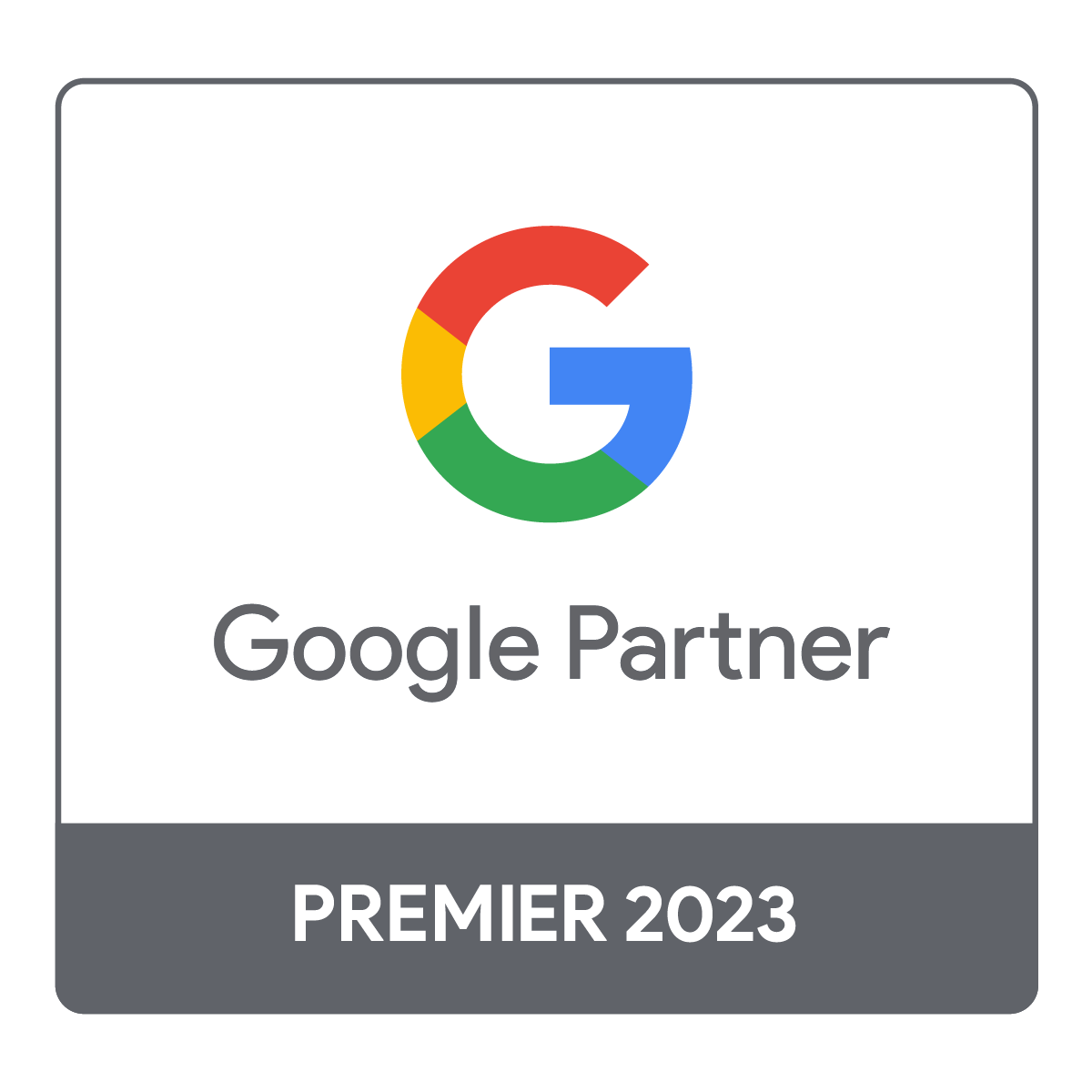Can SEM and SEO Working Together Improve Your Web Traffic Quality?
The amount and quality of traffic to your site are important considerations. Using search engine marketing (SEM) and Search Engine Optimization (SEO) together will increase visitors using both organic and paid techniques. It is not a matter of SEO vs. SEM! It is using both in balance to get the best result for your SEO strategy that is important.
It can be easy to think that SEO and SEM exist separately from one another. On the one hand, you’ve got search engine optimization. Here you’re aiming to boost your website’s visibility organically. On the other, you’ve got search engine marketing. Here you’re essentially paying Google to advertise your services.
There are certainly major differences between the two strategies. Finding a way to combine SEO and SEM and have them work harmoniously means you can turbo-charge your ROI. Let us show you how you can turn your individual SEO and SEM campaigns into one big digital marketing beast.
Table of contents

What exactly is SEO?
SEO (search engine optimization) is the practice of structuring your website’s pages and content to make it easier for search engines to crawl your site. Here we are making web pages more easily discoverable to users and search spiders. In addition to this, we are providing unique information or helpful resources on topics that searchers are looking for. We can do this by content planning. SEO is the process of enhancing your website in order to improve user experience and generate quality traffic.
SEO involves both on-page and off-page components. Image alt text and title tag optimization are two on-page SEO techniques. Backlinking and guest blogging are two off-page SEO methods.
Creating data-driven content that is engaging, interesting, and instructive for users rather than bots will assist in driving rankings. One of the most important aspects of SEO is well-developed content that gives actual value to users. Keyword research and execution remain important ranking factors. Search engines are increasingly prioritizing content based on the information offered to a user and the user experience. Remember search engines can better grasp search intent. As such, your content should be crafted specifically for people if you want to rank well.
What exactly is SEM?
What exactly is SEM stand for? SEM (search engine marketing) is a paid marketing approach used to advertise a website. We use SEM to attract visitors to a website via pay-per-click advertising (PPC). In addition, to enhance page visibility in search engine results pages (SERPs). PPC advertising provides rapid awareness to your website.
The Battle of SEO vs. SEM
Simply said, SEM is a sponsored approach with an instant impact, whereas SEO is an organic strategy with long-term results.
Why is SEM short and sweet?
Creating a sponsored ad that captures the attention of a specific audience is important. With a compelling message and call to action (CTA), it can convert but not always. It will only be a conversion driver as long as you invest in it. In fact, paid advertising is used by 93% of digital marketers.
SEM brings traffic, hits, leads, and so on to your website instantly, but it is not a long-term traffic strategy. When your advertising budget is depleted, so is your SEM approach.
SEO, on the other hand, takes a different strategy. SEO is thought to have a significantly greater influence on users than SEM. Why? Because the first organic result has a CTR of 28.5 per cent. On the other hand, a sponsored ad has a CTR of only 10%. Organic search accounts for 53% of site traffic, while sponsored search accounts for 27%. While both SEO and SEM can increase traffic, implementing both together yields the most results.
Why is SEO the long game?
SEO often takes longer to get momentum but produces greater results and has a much longer shelf life. Creating well-optimized content without paying ad revenue is a long-term strategy for ranking high in the SERPs.
Because search engines evaluate your site content for expertise, authority, and trustworthiness (E-A-T), it takes time for your pages to rise in the rankings. Search engines crawl pages in search of original, high-quality material that is current, optimized, and well-written for visitors.
If your page appears on the top page of a search engine, it means that search engines trust your information and site. They are providing users with your information rather than someone else’s. As a result, your website will receive more high-quality visitors and leads.
How SEO and SEM can work together.
Can you successfully combine SEO and SEM? Yes!
Is it more effective to combine SEO with SEM? Yes, if you do it correctly and your advertisements compliment your SEO approach.
To properly combine SEO and SEM, you must first do keyword research. One of the most crucial components of SEO is conducting keyword research for the sites you want to rank for. Data Cube and Instant, for example, assist you in conducting keyword research and using that knowledge to produce new and better-performing content.
So, what can SEO and SEM do when they collaborate together? The best outcome of combining SEO and SEM is that your site ranks at the top of organic SERPs while your company increases visibility with an ad. Users may choose whether to click on your ad or your organic result if it is relevant to them.
Combining insights and data from SEO and SEM for increased audience presence will yield better outcomes. Understanding how to employ SEO and SEM in tandem is a critical approach for increasing traffic to your website. SEO generates top-of-funnel leads, whereas SEM generates bottom-of-funnel prospects.
Should you still have an SEM Strategy?
SEO is becoming increasingly crucial as more organizations recognize that more strategy is being built around optimizing sites and driving rankings for the top and most competitive keywords available. However, your SEO team may find it tough to rank for specific keywords at times.
The competition for keywords that are relevant to you might be fierce. If this is the case, using SEM tactics to increase traffic to your site for keywords that you are unable to rank for on the first few pages of the SERPs will help. The professionals at First Page Digital can assist you in understanding and evaluating keyword competitiveness and search intent.
If a term is extremely competitive, optimizing pages for it may not be worth your team’s work. Using a service like SEMrush, you may conduct keyword research for keywords that are similar but may not be as competitive as one another.
What are some more reasons to build an SEM strategy?
- If you want to gather more user data than organic traffic gives, you may utilize PPC advertising to link to dashboards such as Google Analytics to view clicks, impressions, sessions, CTR, average cost-per-click, conversions, and more.
- If you want to increase conversions. SEM is conversion-driven, and ads are built around a specific call to action (CTA). Use SEM to convert users.
- If you’re looking to boost short-term campaigns or promotions that will start and end in less time than SEO will generate traffic. SEM can expedite the sales and promotions cycle. Use SEM strategy to get your message to users ASAP about an event, a sale, a new product or service, etc. You can use SEM to drive users and traffic to your site within hours of a live ad.
- If you’re looking to drive traffic sooner while waiting for SEO to drive results. If you’re creating content based on an important keyword or topic you want to rank for, writing the post and publishing it won’t get you traffic immediately but making it the CTA of your ad will.
Furthermore, getting more precise data from advertising may help you better understand your audience. SEM can also be used for retargeting reasons. Retargeting is the practice of targeting visitors who have previously clicked on your adverts. If a person has already shown interest in your adverts, you may increase brand recognition by retargeting them.
Final thoughts: Combine SEO and SEM?
SEM is a short-term strategy for driving traffic to your site and encouraging conversions. It is best to combine SEO and SEM to enhance quality traffic to your website. However, while you concentrate on SEO, a well-optimized SEM plan will provide visibility in the meanwhile. Once you’ve mastered SEO and SEM, your integrated techniques should work effectively together.
Integrating your SEO and SEM campaigns can garner major benefits to your overall digital marketing strategy: you can fast-track your results, double your dominance on page one of Google, and organise keywords to target different audiences. At the end of the day, approaching SEO and SEM as complementary strategies to one another helps to generate traffic from all corners of the digital landscape – whether organically or through paid advertising.
Remember, whoever ends up on the first page of Google benefits from an immense amount of traffic for years to come.
Got questions? Need help with SEO writing? Or SEM? Schedule a free call with a First Page SEO expert today!
What other marketing tactics can help improve engagement with your customer base?
Want a more engaged customer base that will lead to more sales and profits? Here are some useful marketing tactic blogs. You can combine them with your newsletter execution. We invite you to read:
- Perfect Your Email Marketing Strategy Now
- What Are The Top Ppc Ideas You Ought To Know?
- Social Media Strategies: Successful Ones You Can Learn From
- Helpful Content Tips: Get Noticed Before The Competition
- 6 Easy Digital Marketing Hacks To Increase Your Leads
Are you a busy business owner? You may not have the time to run the marketing tactics you need to make money regularly. If this is the case, we encourage you to review some of our strategic marketing services to drive more sales:
- SEO for your business to drive qualified leads
- Social media management for improved brand awareness
- Linkbuilding to drive organic traffic to your website
- Top converting landing pages to convert your leads
- Email marketing campaigns to bring in referrals












